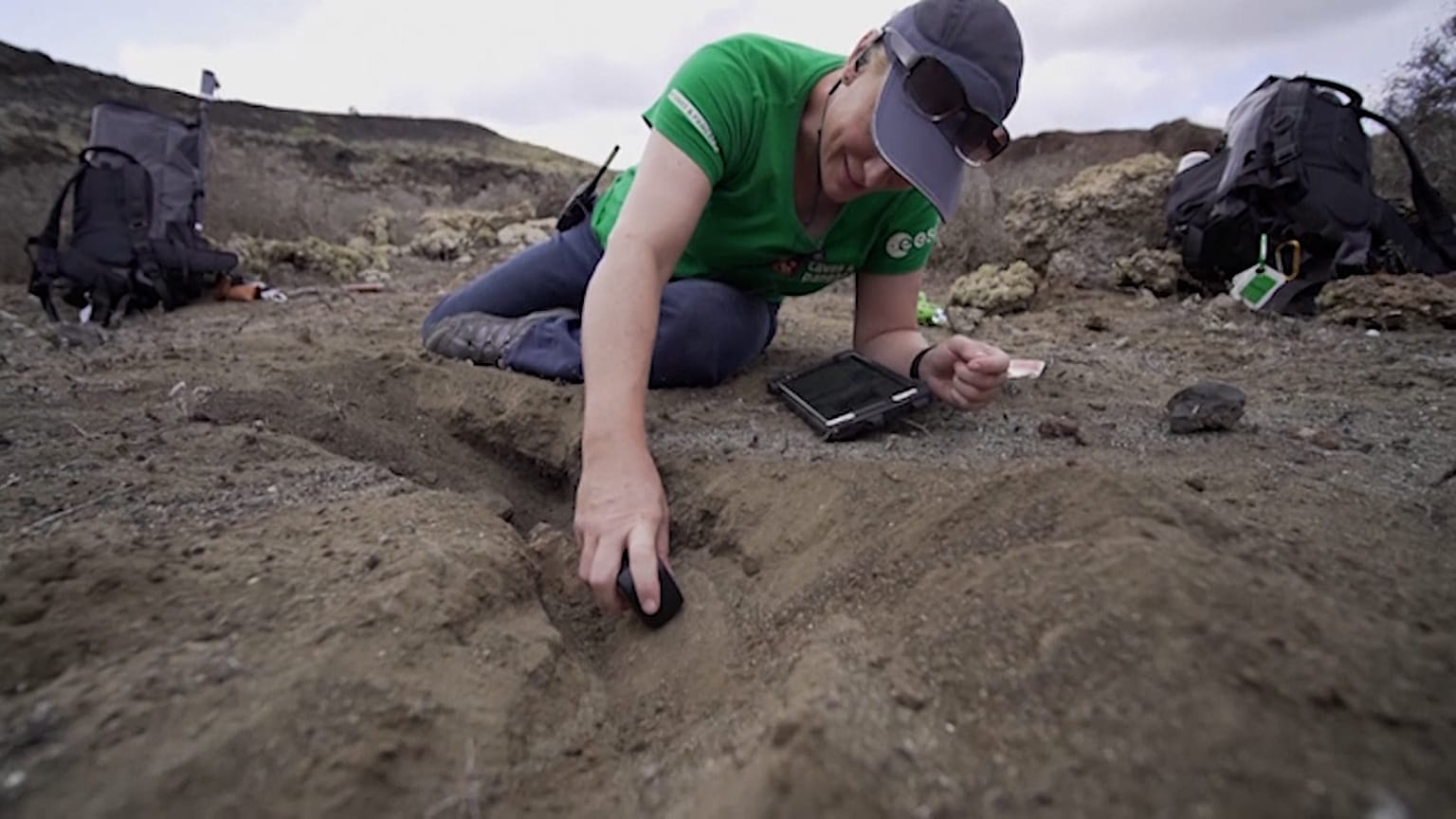The ESA’s Pangaea project is designed to equip astronauts with essential geology training so they can execute manned missions to the Moon and Mars.
Unless you’re Elon Musk, a manned mission to the Red Planet might still seem like a far-off possibility.
But for this group of future astronauts scrambling around rocks in Italy, Germany and Spain, the preparation is already well underway.
As part of the Pangaea project, organised by the European Space Agency (ESA), the astronaut candidates are getting basic training in geology and rock sampling - all to equip them with the scientific skills required for Mars and Lunar missions.
The three-week programme takes them to the Dolomites in Italy, a mountain range in the northeast of the country, the 15-million-year-old Rise crater in Germany, and to the volcanic landscapes of the Canary islands.
There they learn how to use rock hammers and magnifying glasses, take samples without contaminating them and relay data back to scientists via specialised tablets.
"Even though we're doing science, we are in many ways the hands and the eyes of the experts who are on the ground, and so we are kind of an extension of them," ESA astronaut and training participant Andreas Mogensen said.
Earth-based scientists will still do the scientific heavy-lifting, strategically choosing locations on celestial bodies and conducting extensive analysis of rock samples brought back from these missions.
"Likely we would land near, for example, a crater or perhaps a lava outflow channel, or if it's on Mars, perhaps what we believe to be an ancient riverbed or lakebed where there potentially could have been flowing water in the past," said Mogensen.


















